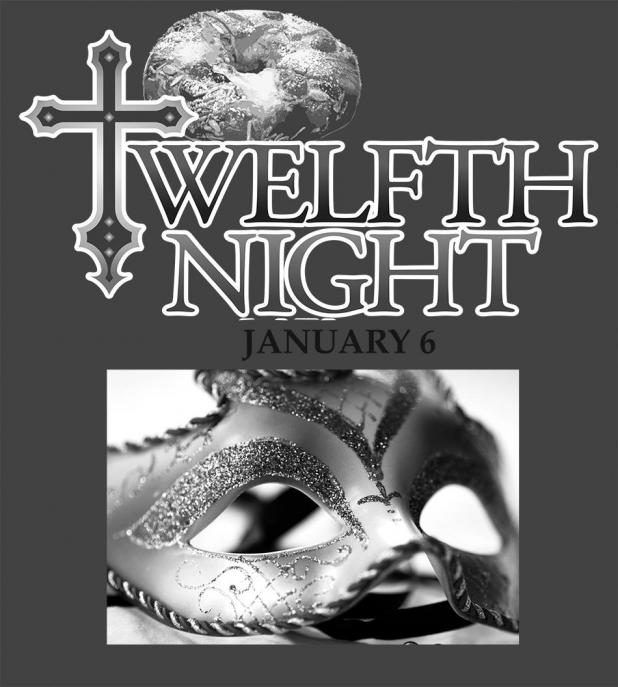
Twelfth Night parties begin Mardi Gras season
Twelfth Night starts Carnival season
Mardi Gras is in the air as Twelfth Night has arrived to signal the beginning of the Carnival season.
According to World Book, Twelfth Night is a Christian holiday celebrated 12 days after Christmas — Jan. 6 — and it marks the end of the Christmas season.
Also known as the Epiphany, or the Feast of the Epiphany, the holiday commemorates the coming of the wise men to Jesus. Throughout the ages, the celebration of Twelfth Night and the Epiphany has evolved.
According to LouisianaTravel.com, the Catholic Church set Jan. 6 to indicate the start of the festive Carnival season — a feast before Ash Wednesday and the fasting of Lent. Mardi Gras is not a set date as it always precedes Ash Wednesday which is 46 days before Easter. Fat Tuesday, the French version of Mardi Gras, can therefore can be as early as Feb. 3 or as late as March 9, making the Carnival season as short as 28 days or as long as 63 days.
Events across Louis-iana are held on Twelfth Night. Locally, most Mardi Gras krewes host parties to celebrate the beginning of carnivals and the numerous parties, including a ball, to be held leading up to the big day. There will five parades, one each day, in the Tri-City area beginning on Feb. 21.
WhyChristmas.com offers the European tradition of Twelfth Night. Dating back to medieval and Tudor times, WhyChristmas.com says Twelfth Night marked the end of ‘winter’ which had started on 31st October with All Hallows Eve. Parties often featured roles society role reversal with servants being served by the rich people.
Also, our European predecessors ate Twelfth Night cake on Twelfth Night. This was a rich cake that include eggs and butter, fruit, nuts and spices. The modern Italian Panettone is the cake they currently have that’s most like the old Twelfth Night cake.
This is when the tradition of a dried pea or bean being cooked in the cake began. Whoever found it was the lord or lady of Misrule for night. This tradition goes back to the Roman celebrations of Saturnalia, according to WhyChrist-mas.com. In later times, to make the Twelfth Night ‘gentile,’ two tokens were put in the cake (one for a man and one for a women) and whoever found them became the ‘king’ and ‘queen’ of the Twelfth Night party.
LouisianaTravel.com says Twelfth Night rituals took place in Creole homes in New Orleans when its French settlers brought the gateau des rois (king cake) custom with them. In 1870, Twelfth Night Revelers formalized the Mardi Gras connection with its first parade and ball.
Today’s King Cake is features a plastic baby doll either tucked inside or placed on the side for the purchaser to hide. The oval-shaped cinnamon brioche is covered in icing and topped with granulated sugar in the Mardi Gras colors of purple, gold and green.
Local custom dictates that whoever gets the King Cake slice with the baby buys the next cake or gives the next party. Traditionalists will not eat a slice of king cake before Twelfth Night.
By the early 21st Century, more than one million king cakes were being consumed locally each year, with another 75,000 shipped out of state via overnight couriers, LouisianaTravel.com says.
Many places sell King Cake throughout the year.
Twelfth Night is also the name of a famous play written by William Shakespeare. It’s thought it was written in 1601-02 and was first performed at Candlemas in 1602, although it wasn’t published until 1623.
—Information from: World Book, www.louisianatravel.com and www.whychristmas.com.
